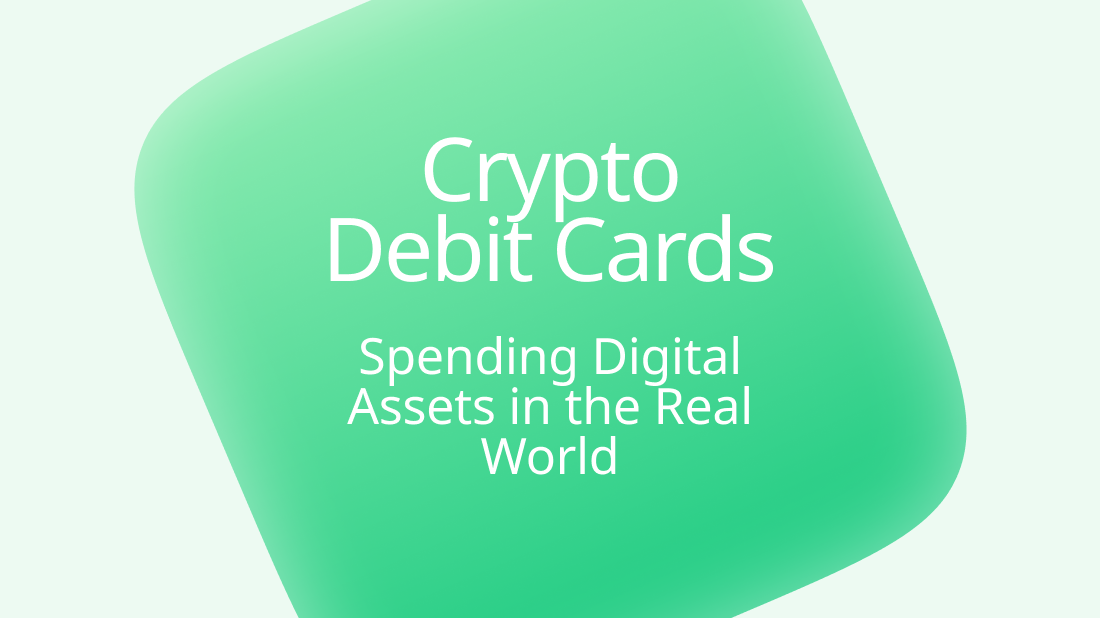Crypto Conservation Finance: Funding Environmental Conservation Efforts

In an era marked by pressing environmental challenges, cryptocurrencies are emerging as a potent tool for funding conservation initiatives worldwide. From protecting biodiversity to combating climate change, blockchain technology is facilitating innovative approaches to environmental conservation finance. Let's delve into the realm of crypto conservation finance and explore its potential to drive positive environmental outcomes.
Understanding Crypto Conservation Finance
Crypto conservation finance refers to the use of cryptocurrencies and blockchain technology to raise funds for environmental conservation projects. These projects aim to preserve natural habitats, restore ecosystems, and address environmental threats such as deforestation, habitat loss, and climate change. By leveraging the transparency, security, and efficiency of blockchain technology, crypto conservation initiatives are reshaping the landscape of environmental funding.
The Role of Blockchain in Conservation Finance
Transparency and Accountability
One of the key advantages of blockchain technology is its ability to provide transparency and accountability in conservation finance. Through decentralized ledgers, stakeholders can track the flow of funds and ensure that donations are used for their intended purposes. This transparency builds trust among donors and ensures that resources are effectively deployed to support conservation efforts.
Decentralized Funding Mechanisms
Blockchain enables the creation of decentralized funding mechanisms such as tokenized conservation assets and crowdfunding platforms. These platforms allow individuals to contribute to conservation projects directly, bypassing traditional intermediaries and reducing transaction costs. By democratizing access to conservation finance, blockchain empowers a broader range of stakeholders to participate in environmental conservation.
Smart Contracts for Impact Measurement
Smart contracts, self-executing contracts with predefined conditions, can be used to automate impact measurement and ensure that funding is contingent on the achievement of conservation outcomes. For example, conservation organizations can deploy smart contracts to release funds only upon the completion of specific milestones, such as the restoration of degraded ecosystems or the protection of endangered species.
Examples of Crypto Conservation Initiatives
Wildlife Preservation
Several crypto projects focus on wildlife preservation, leveraging blockchain technology to support conservation efforts. For instance, the Wildcards project uses non-fungible tokens (NFTs) to represent digital collectibles of endangered species, with proceeds from NFT sales funding habitat protection and anti-poaching initiatives.
Reforestation Programs
Blockchain-based platforms like TreeCoin enable individuals to invest in reforestation projects by purchasing digital tokens backed by real trees. These tokens represent ownership of trees planted in reforestation sites, allowing investors to support environmental restoration while potentially earning returns on their investment.
Carbon Offset Markets
Blockchain-based carbon offset platforms enable individuals and organizations to purchase carbon credits directly from verified emission reduction projects. These platforms use blockchain technology to track the creation, transfer, and retirement of carbon credits, providing transparency and traceability in carbon offset markets.
The Future of Crypto Conservation Finance
As the global community grapples with escalating environmental challenges, the role of crypto conservation finance is poised to expand. With continued innovation and adoption of blockchain technology, we can expect to see a proliferation of crypto-driven initiatives aimed at protecting biodiversity, mitigating climate change, and promoting sustainable development.
Conclusion
Crypto conservation finance represents a powerful convergence of technology, finance, and environmental stewardship. By harnessing the transformative potential of blockchain, we can mobilize resources more efficiently, engage a broader range of stakeholders, and accelerate progress towards a more sustainable and resilient future for our planet. As individuals, businesses, and governments increasingly recognize the urgency of environmental conservation, crypto offers a promising avenue for collective action and impact at scale.












